.jpg)
The RAF fully departed its former RAF Station in Manston, Kent on 30th June 2021.
A parade reviewed by the Lord Lieutenant of Kent marked the closure of the Defence Fire Training and Development Centre in November 2020, after they transferred to Moreton-in-Marsh, Gloucestershire.
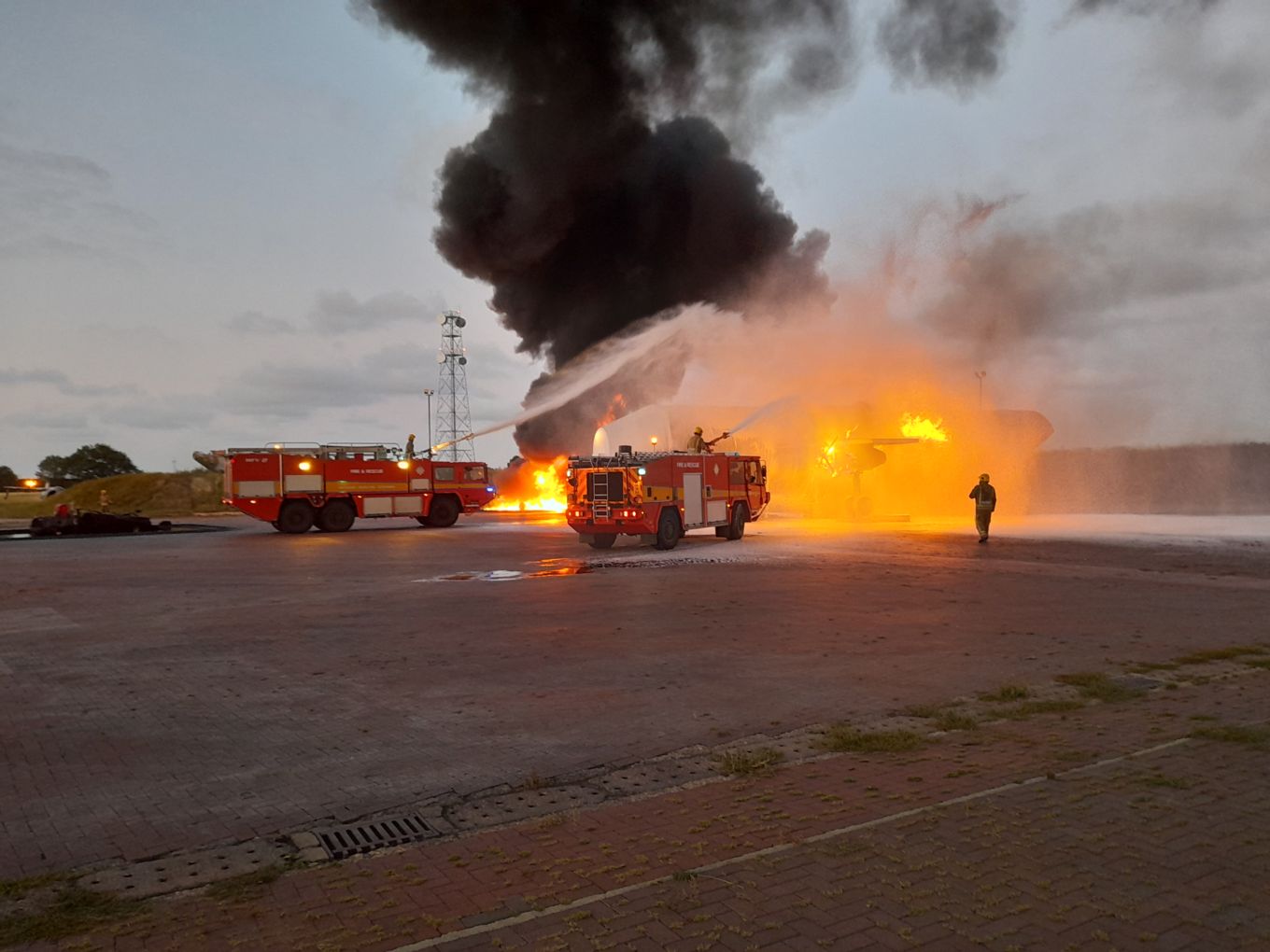
“The closure of Manston has been a long, hard two years for all staff. Contractorisation and drawdown was made more challenging by COVID-19 and the inescapable fact most civilian staff would lose their jobs. It’s therefore made me all the prouder as last Commanding Officer that personnel kept going to ensure the task was successfully completed in the best traditions of Manston, and as our predecessors would have expected us to. I was particularly inspired by the way staff pulled together in supporting the intensive Military Aid to Civil Authorities activity over Christmas – a true reflection of the spirit of Manston.”
Wing Commander Callander
Commanding Officer
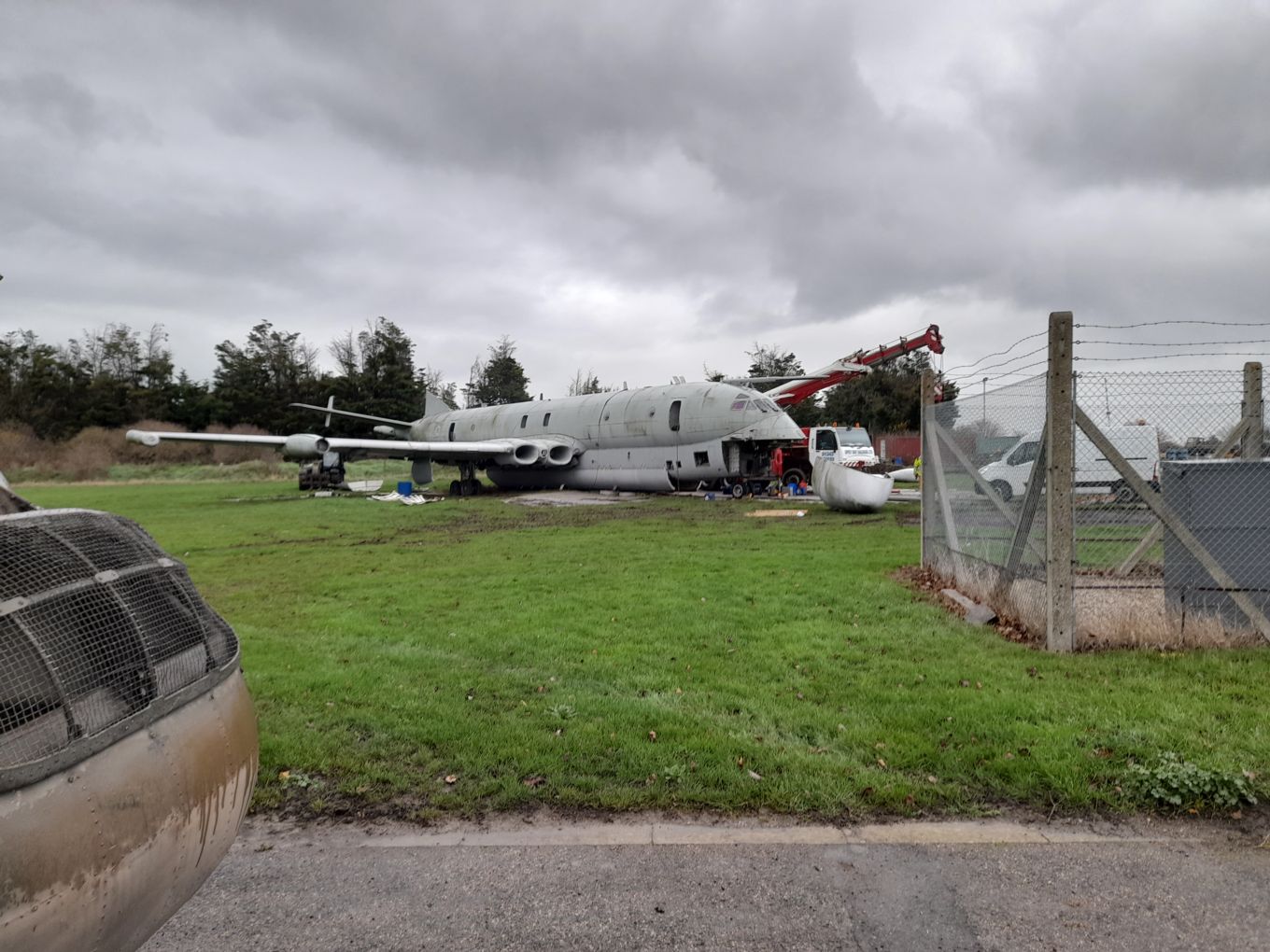
Manston opened in 1916 as a Royal Naval Air Service station, providing homeland air defence against German Zeppelins and Gotha bombers.
With the formation of the RAF two years later, Manston saw many of the first early flying units, including Number 2, 9 and 48 Squadrons; 500 County of Kent Squadron; Royal Auxiliary Air Force; 6 Flying Training School and the School of Air Navigation. The forerunners of the RAF Regiment, the RAF Armoured Car Companies, also trace their origins to the base, as well as The School of Technical Training.
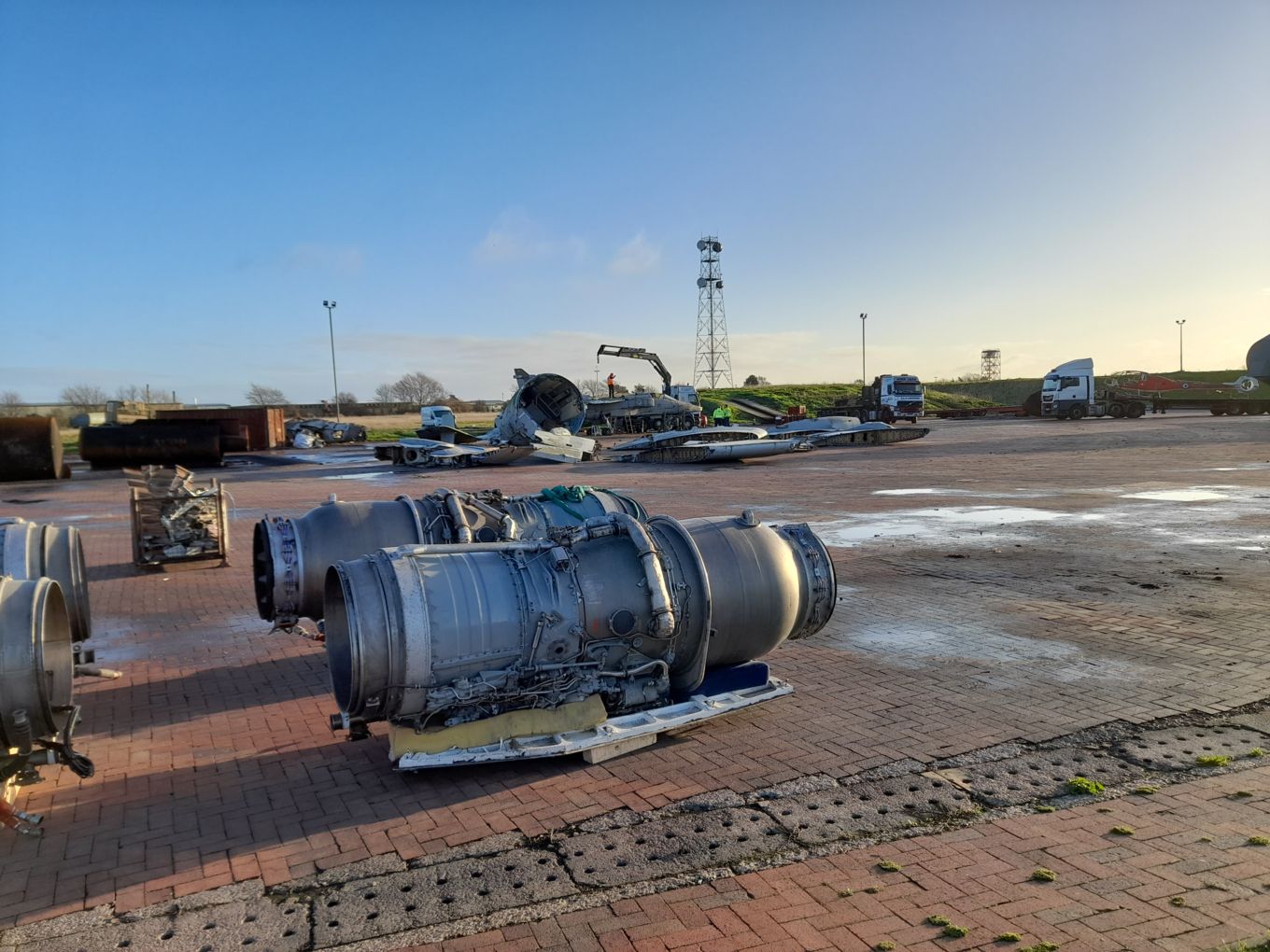
The Station was almost destroyed during the Battle of Britain; later adapted into film by actor Kenneth More as Station Commander and Susannah York as a Woman’s RAF Officer.
During the Second World War, Manston was used for operational squadrons like the first RAF jet fighter squadron, Number 616 Squadron, and emergency recovery for crash-landing aircraft.
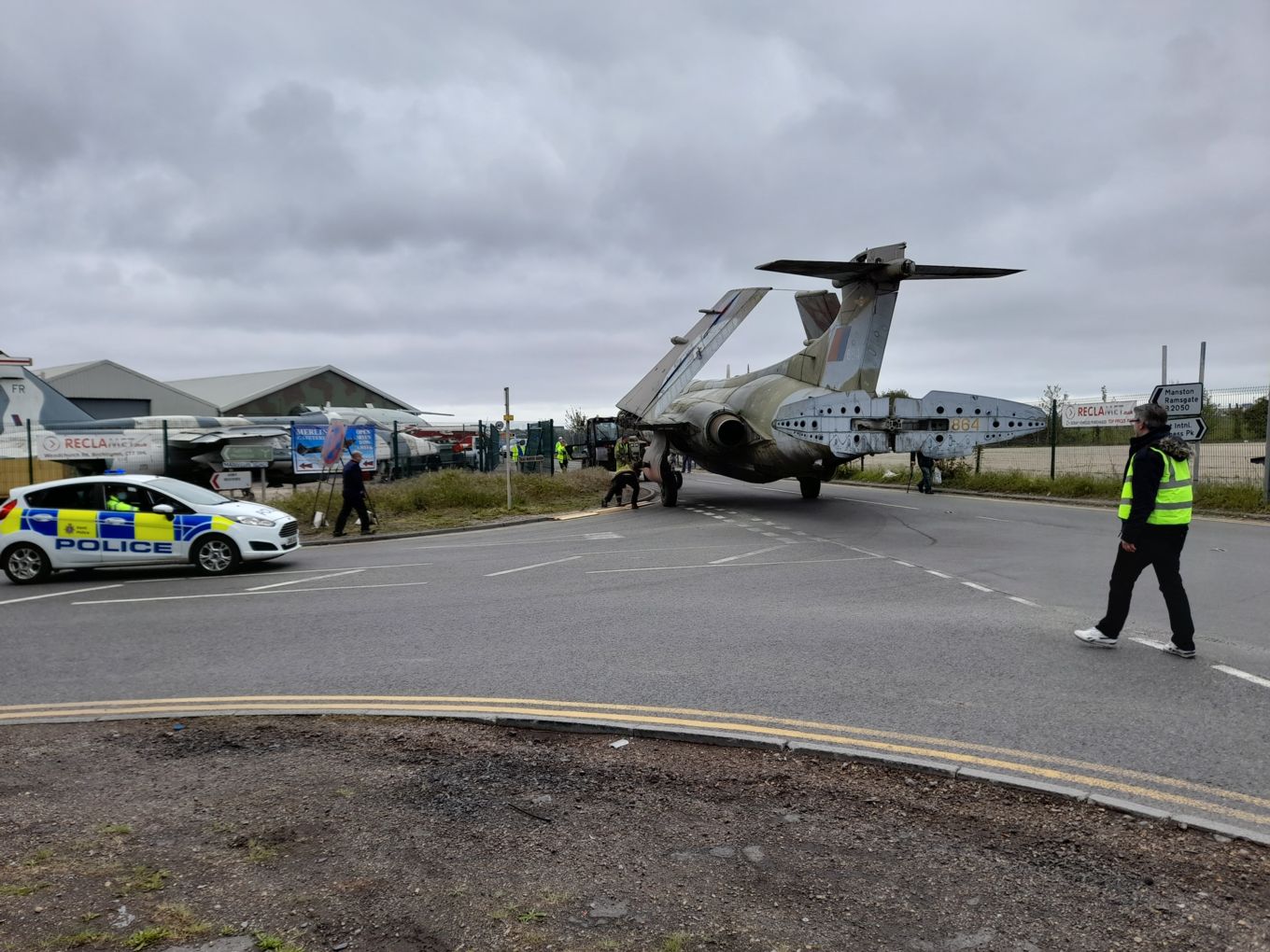
On the 12th February 1942, German battlecruisers escorted by scores of destroyers, e-boats and fighters shot down 13 of the 18 crew members flying six Swordfish aircraft of 825 Squadron, Fleet Air Arm. Their commander, Lieutenant Commander Eugene Esmonde, accepted the posthumous Victoria Cross.
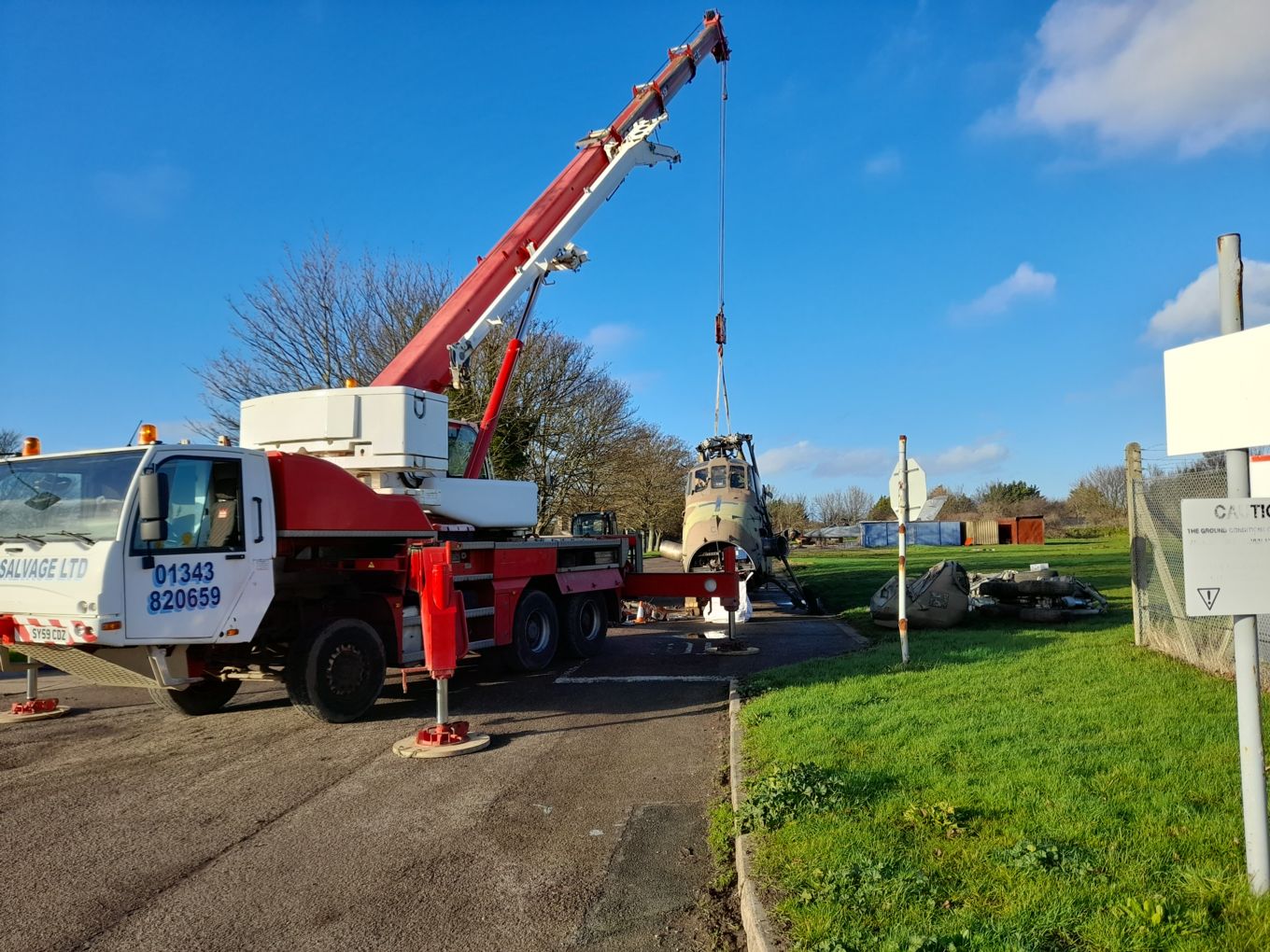
The Stations association with aircraft fire and rescue training until its closure commenced in the 1960s, but it was not until 1989 that the Defence Fire Service Central Training Establishment was formed.
The Commanding Officers pennant was finally lowered on the 30th June 2021 and passed on to the RAF Manston Museum, as the last remaining Whole Force personnel bade farewell to the Station.
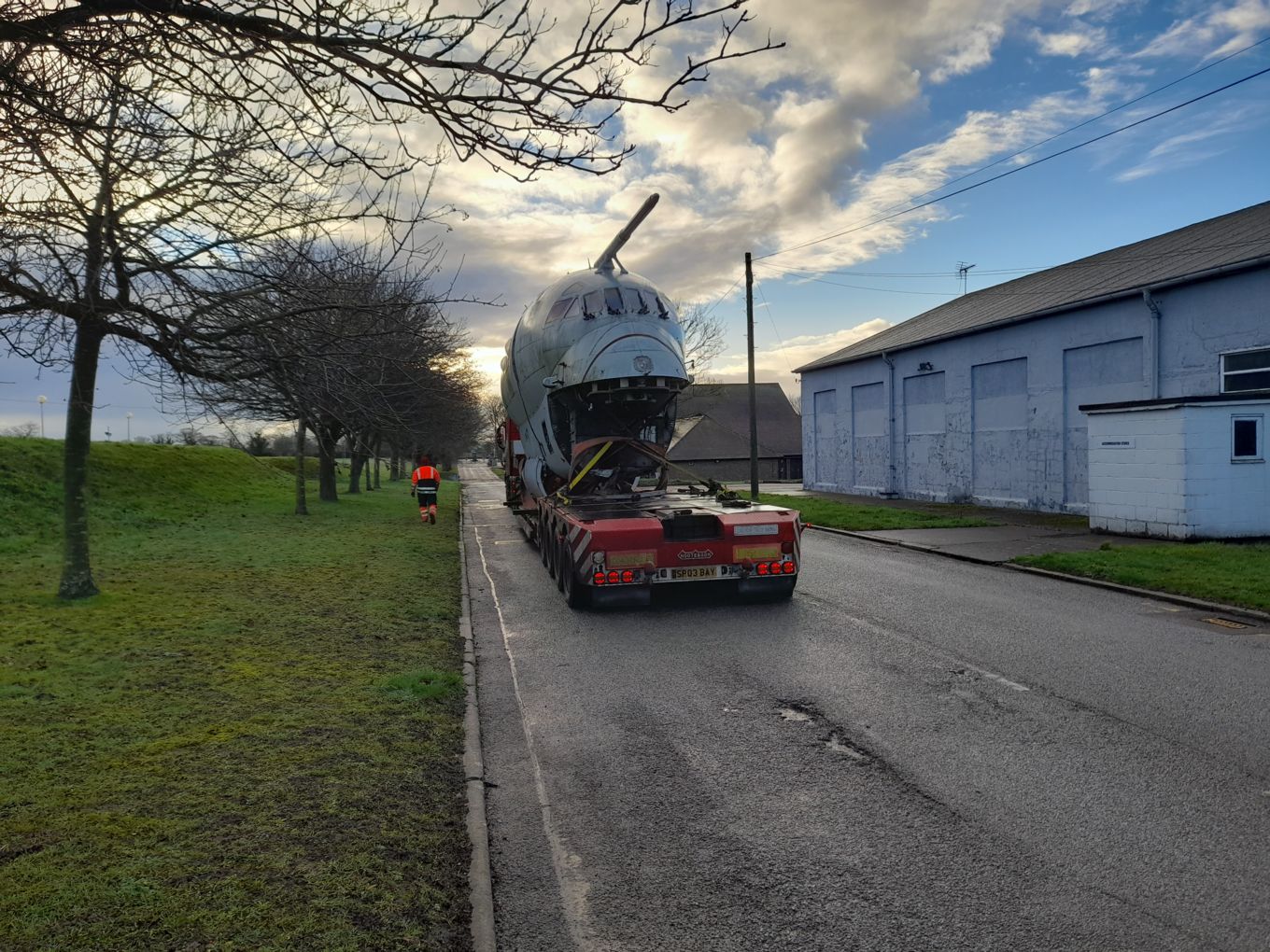
Closure had been delayed three months while the station provided COVID-19 haul testing, traffic management, and support to a local NHS hospital. Dedication to this final task saw the Unit receive a commendation from Regional Commander South East.
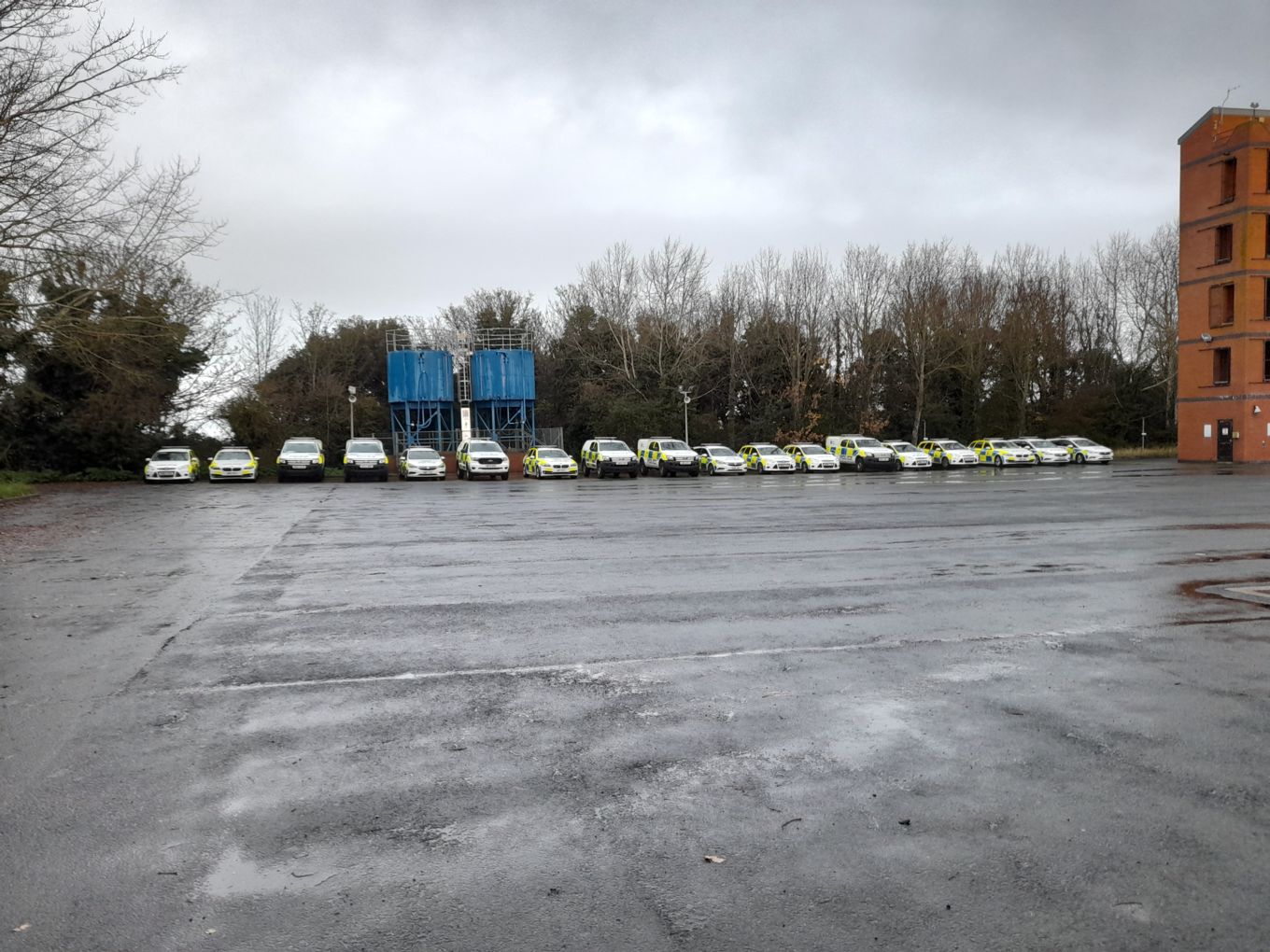
Although the RAF and the Defence Fire Training and Development Centre presence has ceased, two units will remain until Manston’s full disposal by 2025; an Army Reserve Unit A Company, 3rd Battalion, The Princess of Wales’ Royal Regiment, and an Air Cadet unit, 2433 (Ramsgate and Manston) Squadron.






